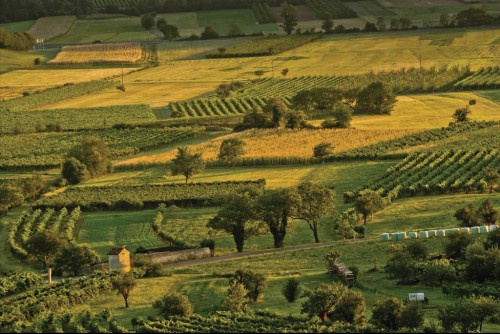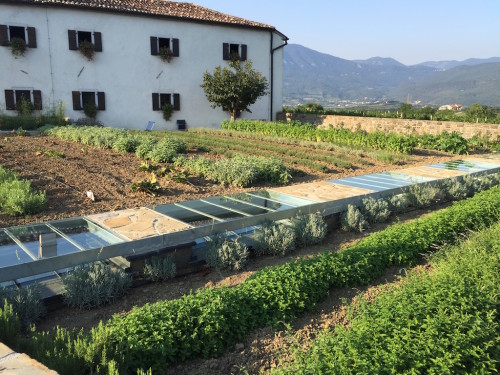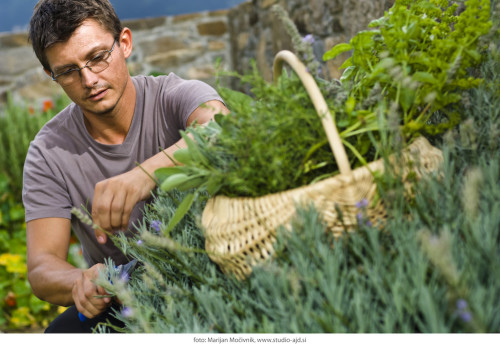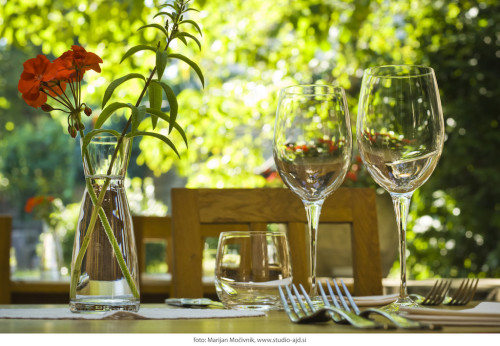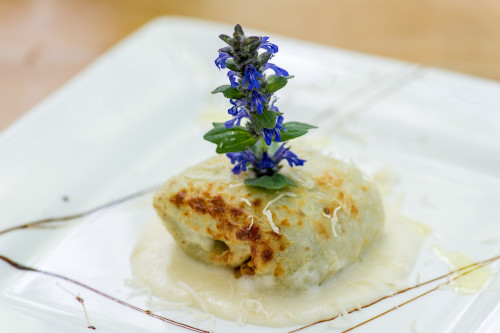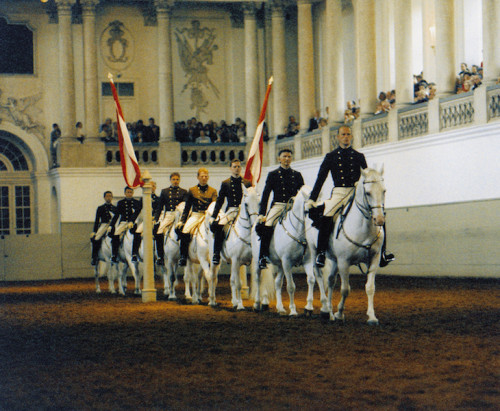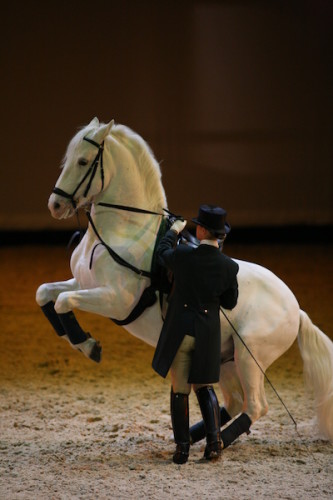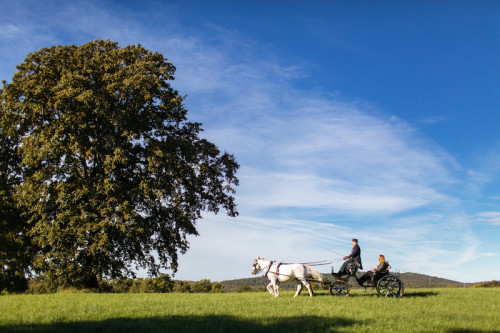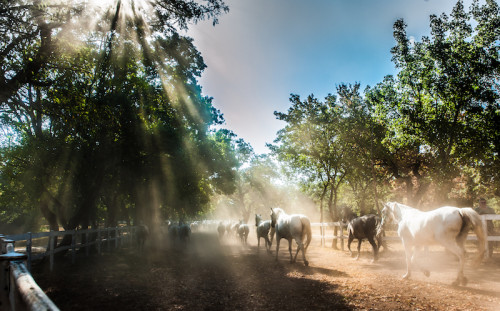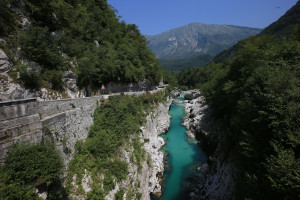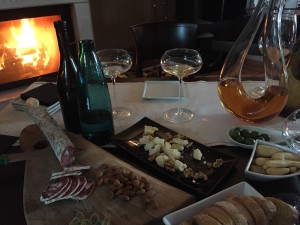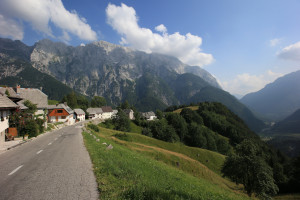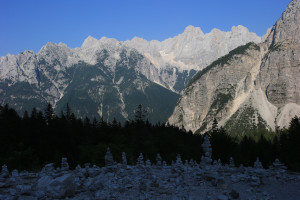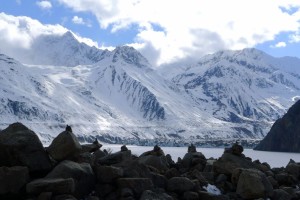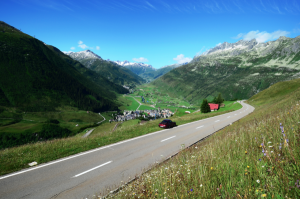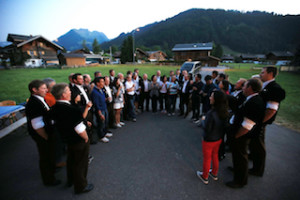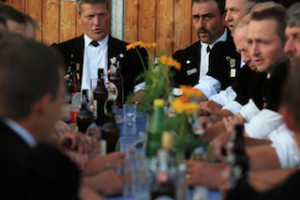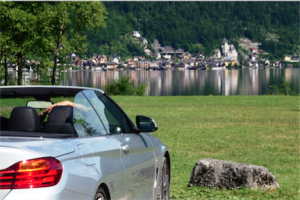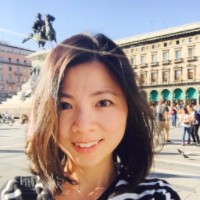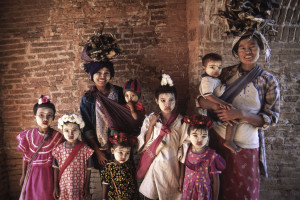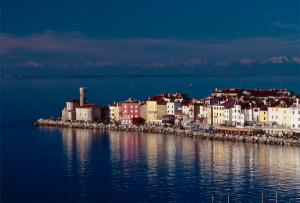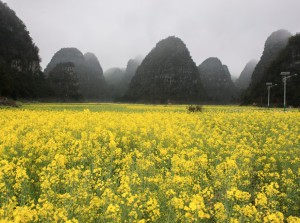I thought I was pretty familiar with Europe, and that I knew a thing or two about European culture and life. But when I say “Europe”, I mean the UK, France, Switzerland, Italy and so on – the countries that attract visitors from all over the world to spend their holidays there. When I set out on our June research trip, little did I realize that I was about to discover another understanding of the Continent.
One of the stops on our research trip was Slovenia. Before the trip I had only the haziest of ideas as to what Slovenia would be like. All I knew was that it had been communist until about twenty years ago, and so I imagined it to be a sombre place, its people dressed drably, its buildings colourless. Yet my experience of the Slovenian capital, Ljubljana, turned these expectations completely on their head.
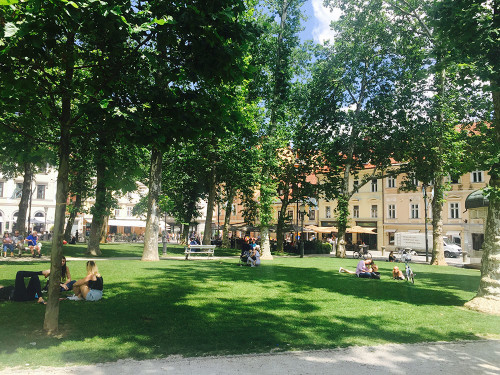 One sunny, 34C Tuesday morning, the sunlight shining through the leaves, we drove into the city. I couldn’t stop looking around me, comparing what I saw before me to the mental picture I had conjured up before our trip. This was no grey, drab country! I had to laugh at my own ignorance. As we approached the city centre, the roadside was plastered with adverts of all kinds of cultural events and activities; classical music, pop concerts, dance, theatre, I even saw a poster for Beijing opera, which gave me a moment of disorientation. After parking the car beside Republic Square, a popular spot for concerts and a gathering place for local people, we walked around the square. The scene that greeted our eyes was one of unselfconscious relaxation: people lay back on the lush green grass, reading, talking, drinking red wine or peacefully soaking up the sun. It looked like a still from a slow-motion film, so complete was the air of leisure, like a remake of La Dolce Vita.
One sunny, 34C Tuesday morning, the sunlight shining through the leaves, we drove into the city. I couldn’t stop looking around me, comparing what I saw before me to the mental picture I had conjured up before our trip. This was no grey, drab country! I had to laugh at my own ignorance. As we approached the city centre, the roadside was plastered with adverts of all kinds of cultural events and activities; classical music, pop concerts, dance, theatre, I even saw a poster for Beijing opera, which gave me a moment of disorientation. After parking the car beside Republic Square, a popular spot for concerts and a gathering place for local people, we walked around the square. The scene that greeted our eyes was one of unselfconscious relaxation: people lay back on the lush green grass, reading, talking, drinking red wine or peacefully soaking up the sun. It looked like a still from a slow-motion film, so complete was the air of leisure, like a remake of La Dolce Vita.
When dinnertime arrived, we accepted the invitation of friends to a restaurant in the hills, and took in the view out over nighttime Ljubljana. During the meal, the sound of distant music floated up from below. Our friends told us that there was an open-air concert being held in Republic Square, and I wished that I could hurry back down into the city to enjoy the summer evening programme.
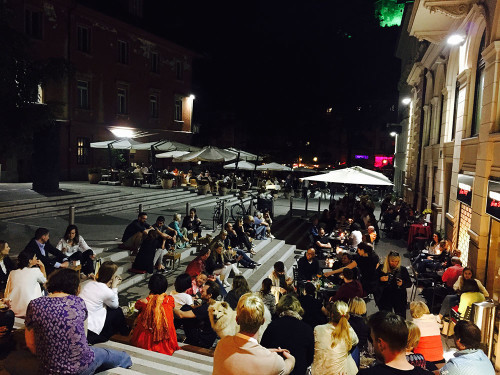 Without realizing it, the sounds of the concert gradually disappeared as our meal drew to its end. When I looked at the time it was already 11pm, and I started to worry that the streets would be deserted by the time we returned to the spot where we had left the car many hours earlier. After all, when one is in a strange place there are so many uncertainties; would it be safe? I never thought that the scene on the streets would completely surpass my expectations. Restaurants were just as full as they had been earlier in the evening, and – their insides full to bursting – happy drinkers simply spilled out onto the steps in front of each bar!
Without realizing it, the sounds of the concert gradually disappeared as our meal drew to its end. When I looked at the time it was already 11pm, and I started to worry that the streets would be deserted by the time we returned to the spot where we had left the car many hours earlier. After all, when one is in a strange place there are so many uncertainties; would it be safe? I never thought that the scene on the streets would completely surpass my expectations. Restaurants were just as full as they had been earlier in the evening, and – their insides full to bursting – happy drinkers simply spilled out onto the steps in front of each bar!
Centuries ago, the earth was thought to be flat, and people believed that if you walked to the end of the earth, you would simply fall off. And yet, as people gradually moved across the surface of the globe, eventually people discovered that our planet is a sphere. With every journey, as I gradually discover new places, I’m continually made to feel that the world is bigger than I could have imagined; a big and a beautiful place indeed.

